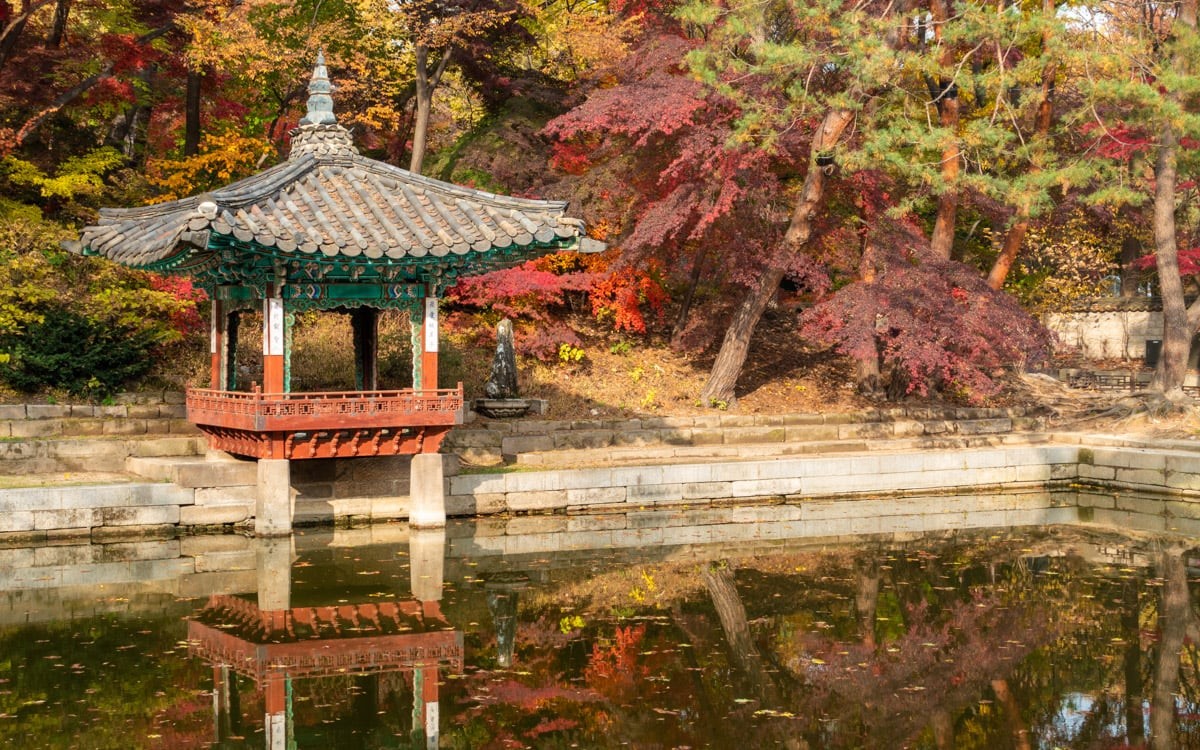
Tbilisi: A City of History and Cultural Richness
Tbilisi, the capital and largest city of Georgia, is one of the cultural, historical, and economic centers of the Caucasus region. Known for its natural beauty, historical landmarks, and cultural diversity, Tbilisi offers visitors a blend of the old world’s heritage and the dynamics of modern life. Located along the banks of the Kura River, this captivating city has been home to numerous civilizations over the centuries, making it a place rich in cultural variety.
History
The history of Tbilisi dates back to the 5th century AD when it was founded by King Vakhtang Gorgasali of the Kingdom of Kartli. According to legend, the king discovered hot springs during a hunting expedition and decided to build a city there. The name "Tbilisi" is derived from the Georgian word "tbili," meaning "warm," in reference to these natural hot springs.
Due to its strategic location, Tbilisi has been a coveted city throughout history, with invasions by Persians, Arabs, Byzantines, Mongols, and Ottomans. Despite these challenges, Tbilisi has always remained the capital of Georgia. The city began modernizing in the 19th century after becoming part of the Russian Empire, and by the 20th century, it had established itself as a significant cultural hub.
Must-See Attractions
Tbilisi offers a wide variety of historical sites and natural beauty for visitors to explore. Here are some of the top attractions you should not miss:
1. Narikala Fortress
One of Tbilisi’s most iconic landmarks, Narikala Fortress, is an ancient symbol of the city's rich history. Built in the 4th century, the fortress is perched on a hill overlooking the Kura River, offering visitors a panoramic view of the city. You can reach the fortress by cable car or by walking up from the Old Town.
2. Old Town (Altstadt)
The heart of Tbilisi lies in its charming Old Town, where narrow streets, traditional Georgian architecture, wooden balconies, and historic buildings transport visitors to a different era. This area reflects the city’s cultural soul, where you’ll find churches, synagogues, mosques, and bathhouses side by side. The Old Town’s markets and cafes are also perfect spots to immerse yourself in local life.
3. Kura River and Peace Bridge
The Kura River flows through the center of Tbilisi, giving life to the city. The modern Peace Bridge, a stunning glass and steel structure, is a symbol of Tbilisi’s fusion of traditional and contemporary architecture. At night, the bridge’s illuminated design provides a dazzling sight.
4. Sameba Cathedral
Sameba Cathedral is the largest religious structure in Tbilisi and serves as the main cathedral of the Georgian Orthodox Church. Completed in 2004, this colossal building stands as one of the most impressive new landmarks in Georgia. Its golden dome can be seen from all over the city, and its interior is equally awe-inspiring.
5. Metekhi Church
Built in the 12th century, Metekhi Church sits on a cliff overlooking the Kura River. It holds significant religious and historical importance in Georgia. A statue of King Vakhtang Gorgasali stands proudly in front of the church, offering visitors a stunning view of the city and river.
6. Tbilisi Sulfur Baths
The sulfur baths, located in the Abanotubani district, are one of Tbilisi's most popular attractions. These natural hot springs have been used for centuries by locals and visitors alike for their healing properties. For those looking to experience traditional Georgian bath culture, the sulfur baths are a must-visit.
7. Rustaveli Avenue
Rustaveli Avenue is the main and most vibrant street in Tbilisi, serving as the city’s primary shopping and entertainment hub. Along this wide boulevard, you’ll find important buildings such as the Georgian Parliament, Rustaveli Theatre, and Tbilisi Opera House. The avenue is perfect for shopping, dining, or simply strolling along historic and modern landmarks.
8. Mtatsminda Park
For a scenic retreat, head to Mtatsminda Park located on Mtatsminda Hill. This popular amusement park offers not only entertainment but also breathtaking views of Tbilisi. With its Ferris wheel, funfair rides, and cafes, it’s a great spot for families or those seeking a relaxing break from the city.
Cultural Richness
Tbilisi has long been a crossroads of various cultures, which is reflected in its rich cultural heritage. The city is home to Georgian Orthodox churches as well as mosques, synagogues, and Armenian churches, symbolizing the city’s long history of religious coexistence. Tbilisi is also a center for the arts, literature, and music, with many museums, art galleries, and theaters enriching the city’s cultural life.
Georgian cuisine is another essential part of Tbilisi’s culture. Local dishes like Khachapuri (cheese-filled bread), Khinkali (Georgian dumplings), and Georgian wines are must-tries for visitors.
Conclusion
Tbilisi is one of the most enchanting cities in the Caucasus, offering visitors a rich blend of history, culture, and natural beauty. Whether you’re wandering through the narrow streets of the Old Town, taking in the stunning views from Narikala Fortress, or enjoying the vibrant life along Rustaveli Avenue, Tbilisi promises unforgettable experiences. As a city where the past and present beautifully coexist, Tbilisi invites travelers to discover its stories at every corner.





